Blogging isn’t dead.
It’s alive and kicking.
I’m living proof that you can grow your business and personal brand just by writing.
As Andrew Chen recently tweeted, writing is the most scalable and affordable networking strategy:
It’s also the most scalable marketing strategy.
It doesn’t cost that much to write. Just open a publication on Medium and share links with your email list.
That’s it. You’re officially a blogger.
But there’s a dark side to blogging.
Even though it’s the most affordable option for content creation, it’s pretty energy-consuming.
You struggle with writer’s block, time management, and maintaining a publishing schedule.
Just looking at a blank page in Google Docs can kill your productivity.
But over the years, I learned a few tricks that help me write faster and publish better.
Some of these tips will speed up your writing process. Others will make managing your blog much easier.
All are supported by case studies and evidence proven to make you a better content creator.
1. Schedule your writing
Pick a frequency that’s best for you.
It’s a no-brainer that the more blog posts you publish, the more traffic you get.
HubSpot explains that companies that publish 16+ articles every month get about 3.5X more traffic than companies that publish 1-4 times a month.
But what if you don’t have enough writers or time to publish so many articles?
Then commit to a frequency that best suits your business.
Because I believe quality trumps quantity, I recommend publishing weekly or bi-weekly.
It’s great to be known as a blogger who writes epic content every week.
It’s not so great to be that blogger who spams feeds with boring and short articles every day.
You don’t want to kill your productivity by burning out quickly.
Answer these questions from Writtent to determine a frequency:
- Can you keep up this schedule consistently?
- Can you always publish high-quality content at this rate?
- Will you have enough content for this schedule?
In this infographic from Kissmetrics, the authors suggest that blogging on Mondays between 8 and 11 a.m. will get you the most page views. For the most engagement, blog on Saturdays between 8 and 11 a.m
But that’s not always the best solution.
If your articles are timely, informative, and written in a style your audience enjoys, don’t worry about the day you post as long as you commit to it.
According to Mark Schaefer, consistently builds audiences:
- It trains your audience to expect your content.
- It increases traffic and your SEO ranking.
- It builds authority in your niche.
- It makes you a better blogger.
Schedule writing by energy, not time.
Most writing books recommend that you write really early. You might start at 7 a.m. in the morning.
They promise that this will help build self-discipline. Maybe it does for some.
But for others, writing so early isn’t practical.
Instead of writing at a particular time, it’s better to write during your “peak performance period.”
Stephen Warley explained the peak performance period as the time of the day
when you’re the most energized and mentally focused to handle serious tasks.
If you’re too busy or sluggish to write at 7 a.m., then pick a later time like 9. Or write after your daily run when you feel refreshed.
This graph illustrates that you should focus on intense work when you’re the most energized. This usually lasts at least 90 minutes.
Then work on lighter tasks during your rest period. This lasts about 20 minutes.
You’re not losing any points for writing later when it’s your most active period.
Because in reality, the final words you publish are more important than the time of day when you started to write them.
Be a better writer by creating a routine.
But I do agree with the importance of having a routine or writing habit.
The Greek writer Aristotle explained that excellence is achieved through habits.
Productive bloggers aren’t born with natural writing or marketing skills.
But they understand the consequences of not blogging.
They could lose a potential client. Or lose a sale because they didn’t convert enough leads.
So they adopt a writing habit similar to Ernest Hemingway — an award-winning writer who wrote every day.
He advised anyone who was serious about their work to focus on writing until they had reached their goal. Then repeat the cycle the next day.
Develop a writing routine by picking a day and time every week that’s dedicated to just writing a blog post.
Benjamin Franklin finished his work by scheduling it every day:
Write in the morning. Or at night. Try writing during your lunch break.
Whatever time you choose, commit to it! And schedule it on your Google calendar or phone.
And no matter what happens that day, show up to your appointment and write.
2. Make it easy
Mind-map your ideas with a goal in mind.
Did you ever start a blog post with an idea, only to finish it with another idea? It happens to me all the time!
Sometimes the final idea is better. But most of the time it isn’t.
It’s more confusing when my ideas don’t relate to each other.
To avoid this, I mind-map my ideas starting with my specific message or reader’s goal.
For example:
- Goal: Bloggers will be more productive
- Main points: Write faster, save time, no more distractions, publish more
- Subpoints: Writing habit, no multitasking, simple blocker, etc.
Here’s a picture of the mind map:
Then I write my outline.
When writing beyond 1,000 words, it’s easy to lose sight of your main idea.
I like this method because my ideas are forced to work together.
Write the easy parts first.
Sales guru Brian Tracy introduced the productivity hack of “eating that frog.”
He argues that, by doing the most difficult tasks first, you’ll find it easier to finish the rest of your projects.
While I get the logic of “getting the hard things over with,” I don’t think it’s the best advice in writing.
I like to get the ball rolling by writing the easy sections first to build up focus.
Easy sections are parts I’m the most excited to write about. I quickly write down my thoughts. And look forward to getting that section finished.
When I’m done, I have enough energy and focus to tackle the harder parts.
This and writing during my peak performance period are a couple of the luxuries I give myself when increasing my productivity.
3. Increase Focus with Limitations
Block the sites you love.
Remember the last time you spent laughing at memes on Instagram and watching the latest news on YouTube?
How much time did you waste?
A few hours? Dang, you could’ve finished your last blog post for the week during that time.
Don’t get me wrong, I love browsing social media, checking my emails, and watching funny videos.
But all of these are just distractions. And they kill my productivity.
To avoid distractions, I added Simple Blocker to my Chrome browser. This extension allows me to block a list of sites for a specific time period.
Don’t want to waste time on Instagram?
First, click on the extension.
Then add Instagram.com to the Website Blocklist. Click “Save Blocklist” to accept the change.
Next, add the hours or minutes you want to block this site.
Press “Set Timer” and the block period will activate. You’ll get a popup that tells you how many minutes are left before your session is over.
If you go to Instagram.com before the timer is up, you’ll get directed to this page:
You’re not allowed to go to any of the websites on the block list until your session is finished.
I love this extension because it’s so easy to use and I’m forced to be productive.
Break your word count into sessions.
Did you know that almost every post on this blog is about 3,000 words?
That’s like 3 high-school essays or 6 pages of writing!
I can write so much by breaking down my writing count into sessions.
I use a technique similar to the Pomodoro technique called Sprints.
It came from Chris Fox’s e-book called 5,000 Words Per Hour: Write Faster, Write Smarter
To type more words per hour, you must have sessions or sprints that are focused purely on writing.
For 20 minutes, you drop everything and write.
Turn off your WiFi, clear your desk, and just write.
No editing allowed. Just write.
For each sprint, I have a target word goal. Usually to type 500 words.
So in 6 sessions or 3 hours, I’ve already finished a blog post.
Actually, I routinely finish 2,000-word blog posts in just two hours.
Some people on Twitter credit the book for their 5,000-words-per-hour rate!
Like Benjamin Franklin, I schedule my sprints on my to-do list or calendar so I won’t forget.
4. Plan, write, and edit separately
Too many bloggers make the mistake of multitasking when producing blog posts.
They plan, write, and edit articles simultaneously with the idea that they’re saving time.
But it’s a myth.
By multitasking, you’re actually wasting more time.
The example below illustrates that by focusing on one task, you’ll finish faster than if you’re doing more things at once.
In a study gathered by Stanford University, college students who were high multitaskers were more easily distracted and performed worse than those who weren’t.
The findings are depicted in this graph:
To truly save time, you must plan, research, write, and edit at separate stages.
Especially the editing phase. Many bloggers make the mistake of editing while they’re writing.
I know because I’ve done the same!
It’s a big productivity killer.
You slow down your writing process by trying to fix words instead of finishing your main points.
Now, I allow myself to write a bad first draft. I perfect it afterward.
Here’s my usual writing process:
- Write an outline.
- Flesh out the outline.
- Write a terrible first draft.
- Expand on the draft with quotes and case studies.
- Edit the draft.
- And edit again.
5. Take a Break
This is such an underrated hack.
You’re the most productive after you’ve taken a break or relaxed.
So many bloggers quit because they’ve burned out.
They picked a frequency that was too much for them.
They worried that their writing wasn’t good enough.
They spent so much time typing that they forgot about their physical health.
I know bloggers who sacrifice sleep to publish a blog post.
That’s not healthy.
Look at this inverted-U model. It illustrates that the more stress you have, the less productive you become:
The stage of burning out or working too much is as productive as doing nothing!
So after finishing a big blog post, distance yourself from it for a few days.
You can even start outlining another article.
But whatever you do, give yourself a few hours to relax.
When you come back, you’ll see it with a new set of eyes.
You’ll start seeing errors and mistakes you’ve never noticed before.
Your editing phase will produce better results.
6. Write Blog Posts Weeks in Advance!
Besides prioritizing rest and relaxation, you must prepare your blog posts weeks in advance!
If you’re going to take anything from this section, please take this:
I built and grew my businesses because I prepared weeks of content before they were scheduled for publication.
Finishing blog posts early will guarantee consistency and boost your productivity.
When you add a blog post to a queue, you’re giving yourself more time to make corrections, relax, and work on other things.
In Sean Wes’s free audience-building course, he explains that creators are late when they publish on schedule.
For weekly publishing, he recommends finishing content 6 to 8 weeks before they’re due.
Don’t disappoint your audience by promising content only to fall behind. Soon they’ll stop checking for you and look somewhere else.
Customer Magnetism, a marketing agency, published consistent quality content over 3 months.
With content marketing, they grew more traffic, qualified leads, social shares, and conversions than with PPC.
These results are illustrated in the traffic charts below:
In summary, the agency spent 8x more on PPC than content marketing, but it generated 2.5x more traffic with content.
PPC generated consistent traffic, but content marketing exploded growth over time.
PPC generated zero social media shares, but blogging generated thousands of social shares and inbound links.
7. Create an Editorial Calendar
It’s easy to get disorganized with your blog.
So create an editorial calendar that stores your ideas and displays your writing process.
To create a simple and free editorial calendar, use Trello or Asana.
They’re simple yet effective.
Recently, I explained in-detail how to use Trello for content marketing in this blog post.
A great example of an editorial calendar is this board:
Not many people know this, but Asana introduced a new feature that is very similar to Trello. They also adopted the Kanban method.
A little sneaky, huh?
Unlike Trello, they have a to-do list section where you can assign tasks to team members.
Asana is great for businesses with multiple team members.
But I’m going to stick with Trello for now.
Moving a card across my board is as exciting as crossing out a task on my to-do list.
This feeling motivates me to get more work done.
8. Repurpose Content
An overlooked productivity hack is repurposing.
Repurposing is when you take content (like a blog post) and update or transform it.
For example, Gary Vaynerchuk released a video on YouTube about networking on Instagram.
It was a success! Then he repurposed the video into a 1,000-word blog post.
Now more people can digest his message.
Repurposing is a marketing hack that maximizes your content’s potential.
Turn your blog post into a content upgrade.
Take your most popular article and transform into a content upgrade.
What’s a content upgrade? Like a lead magnet, its special content used to get email addresses.
But instead of being a separate lead form, it’s embedded into a blog post.
Tim Soulo increased his email conversion rate by 300% with content upgrades.
For this blog post, Tim only had 48 out of 2,300 people convert into new email subscribers. That’s just 2%.
But next month, 539 more people signed up! Out of 8,892 people, that’s a 6% conversion.
Compared to last month, that’s a 300% increase.
His secret? He added content upgrades to his blog post.
When someone reads that blog. They’re interrupted by a small yellow bar offering a free treat.
But they only get the treat by signing up for his newsletter. They’ll get this popup when clicking on the link:
On my blogs, I use content upgrades to convert new readers.
I just turn a blog post into a checklist and BOOM! New conversations every hour.
Do you have an epic blog post that keeps getting shared? Does it have disappointingly low conversions?
Hack it by adding content upgrades to it.
Update and promote old blog posts.
Don’t miss out on a lot of traffic and engagement by ignoring old blog posts.
Just because an article didn’t go viral last year doesn’t mean it can’t go viral now.
Updating old posts helped Orbit Media rank high in SEO.
A few years ago, they published an article about “internal linking.” It was pretty popular, but over time, it was losing traction.
In Moz, they realized that their blog post dropped to the bottom first page of “internal linking SEO”.
Here’s the drop of their SEO ranking over time:
And the traffic decreased along with the ranking. At its prime, it had 300 views a day. But it had dropped to just over 100.
So they gave the post a makeover by:
- Extending the length by adding more examples
- Adding new media like images, video, and audio
- Upgrading authority with quotes from experts
Here’s the blog’s transition:
The results were powerful!
Web visitors spent 70% more time on the updated article than the older version. And the bounce rate dropped by 7%.
They reversed their SEO ranking from the bottom of the page to the top five results for many keywords.
They had a big spike in traffic. But after the hype, they maintained 250 views a week.
Make an old post brand new with these tips:
- Double the word count – Turn a 1,000-word article into a 2,000-word post with new data, examples, and advice.
- Add New Visuals – Increase engagement by adding new blog covers, screenshots, and graphs.
- Add a content upgrade – Increase conversions by adding a link to better content.
- Use current writer tactics – Writing online has changed over time. Update the blog by double-checking for grammar and readability.
- Change the headline – Maybe your old post wasn’t popular because of its headline. Improve it with these techniques.
Over time, you probably have increased your audience reach.
When you’re finished, promote the updated blog post on social media and your newsletter.
You might break the Internet this time.
9. Practice Content Curation
The most popular bloggers aren’t usually the most original.
Instead of spending hours planning and producing their own blog posts, they curate articles from around the web.
They share or expand on content that is already trending or relevant to their audience.
Save time by sharing articles from these sites.
Use Medium to find thoughtful articles to analyze and argue on your blog.
Use Pocket to save articles to read later.
Find what’s trending by subscribing to your niche’s leading blogs with Feedly.
Don’t have ideas? Use Pinterest to find blog inspiration.
10. Create Templates
Have you noticed that your blogs and emails tend to have a common layout or pattern of writing?
Make promoting blog posts easier by creating and using templates.
InVision uses a responsive email template to share their latest weekly content:
You can do the same by editing one email and plugging in new content to it every week.
A less-utilized template is the blog template. Whether you noticed it or not, most bloggers tend to have a consistent style of writing.
There’s a pattern on how they divide articles and write subheadings.
If you noticed any patterns in your work, create templates around them.
Digital Marketer uses a blog template for their crowdsourced or expert round-up posts.
And here’s the finished blog post:
Belle Beth Cooper wrote better and faster blog posts by creating her own templates.
She types the basic headings she usually uses in her outline:
She divides the major headings into subheadings. In these subheadings, she explains what she intends to write.
Then she expands and fills in her subheadings with research and details:
Creating a template inspired by an outline has boosted her writing time.
She doesn’t have to think too much when creating her first draft.
Too many writers make the mistake of just writing a simple outline. They forget to flesh it out with more detail and examples.
So when they start writing, they waste energy and time thinking about what they’re trying to say instead of expanding on the ideas they already have.
Conclusion
Being a blogger is easy.
But quitting blogging is much easier.
Even though blogging has a proven ROI, most people quit after a few months.
Mostly because it’s so time- and energy-consuming.
Being a productive blogger is a struggle. But it’s not impossible.
Developing a habit and giving yourself moments to relax will ease your stress.
Repurposing articles and updating old posts will save you time when creating new ideas.
For me, blogging has blessed me with opportunities that I’ve never dreamed of.
You can get the same results if you just stay committed to it.
What are the ways you stay productive when blogging?

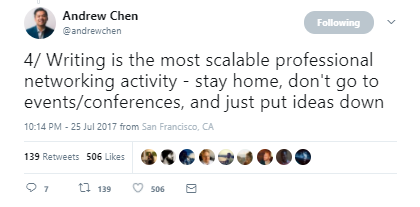
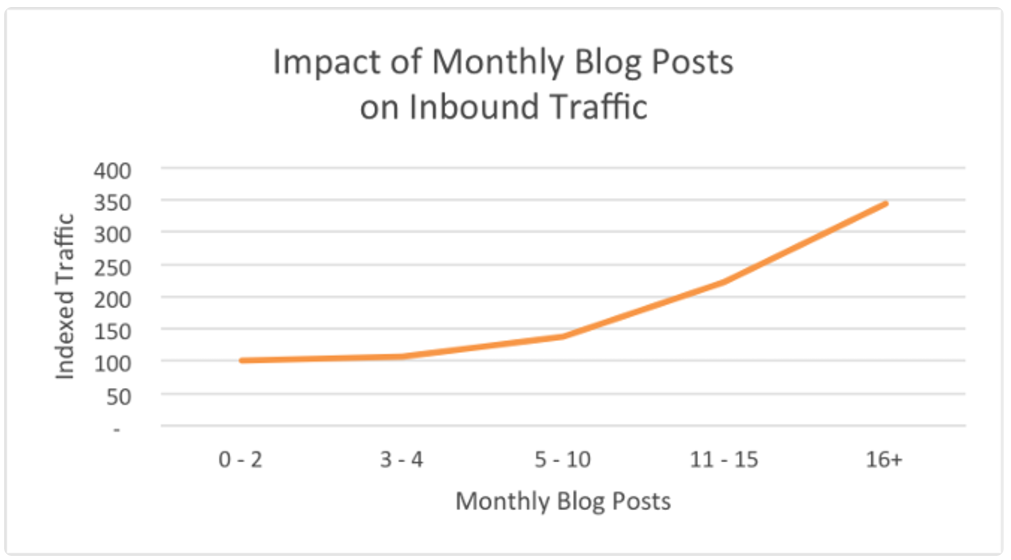
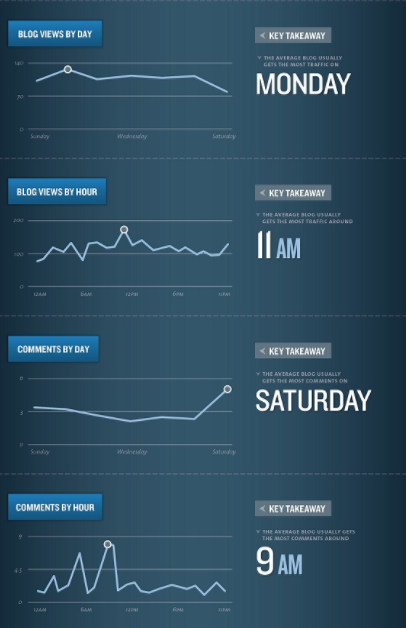
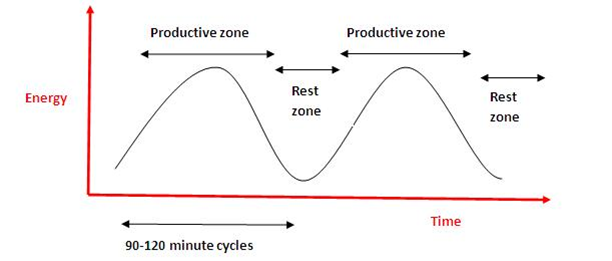
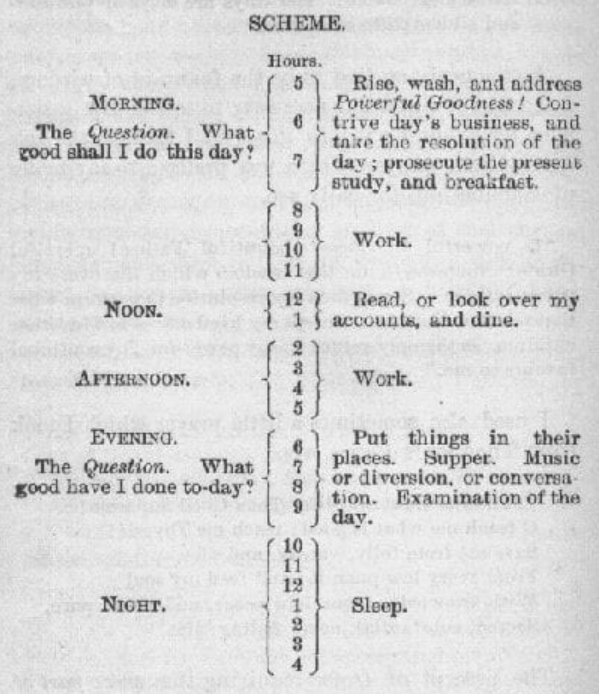
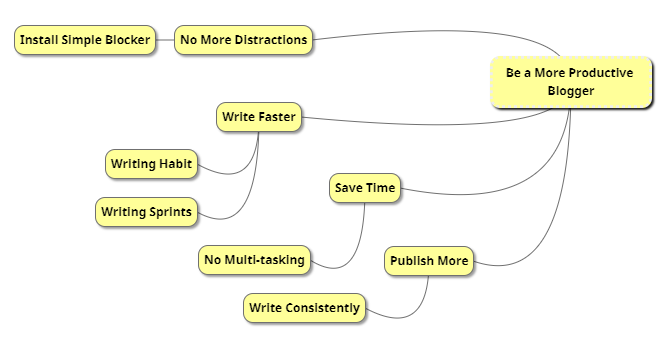
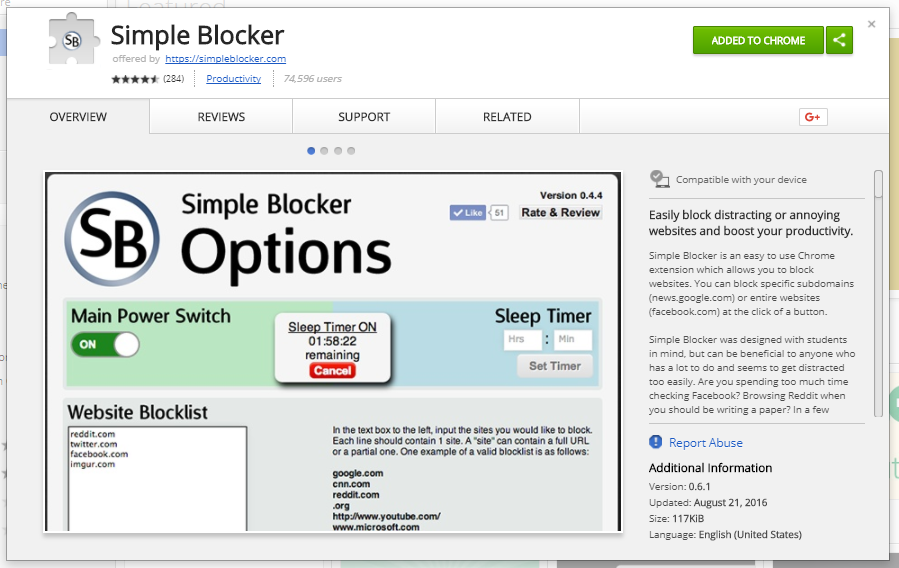

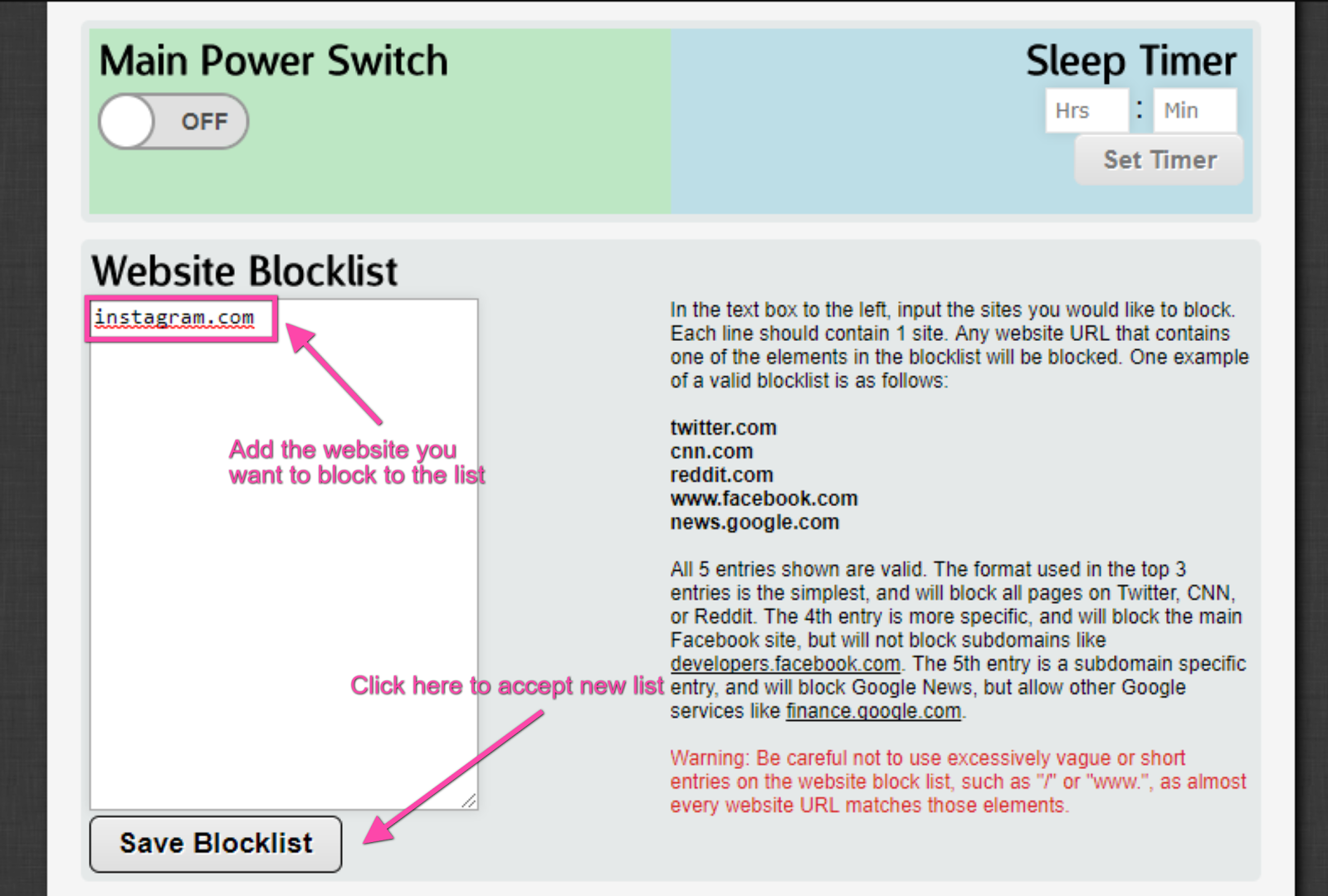
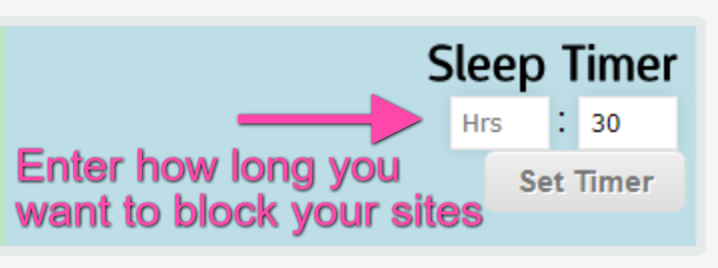
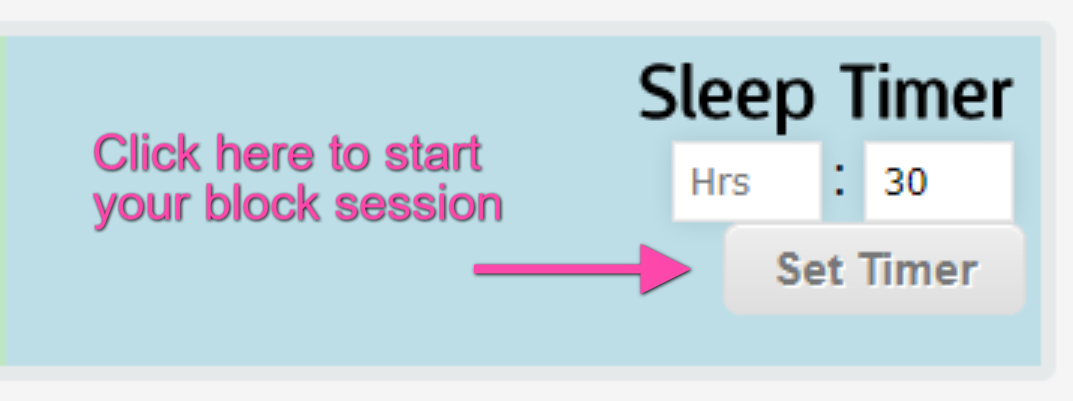


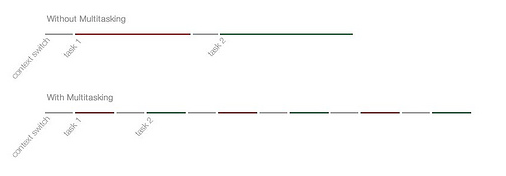
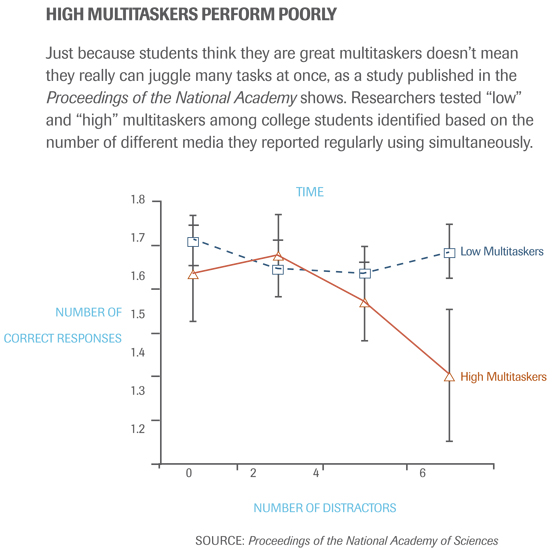
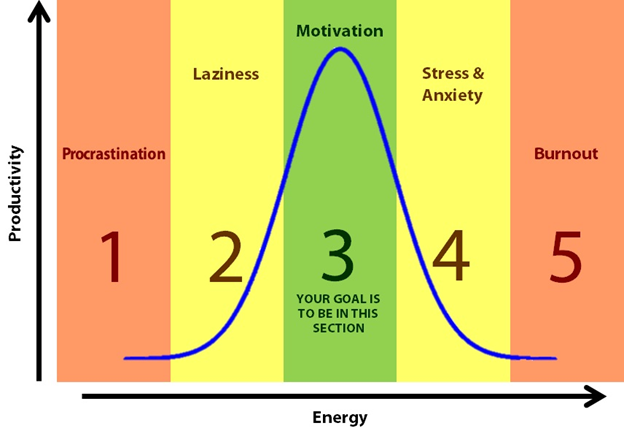
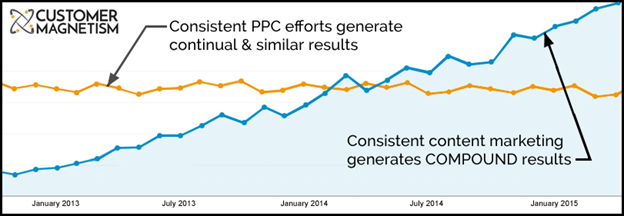
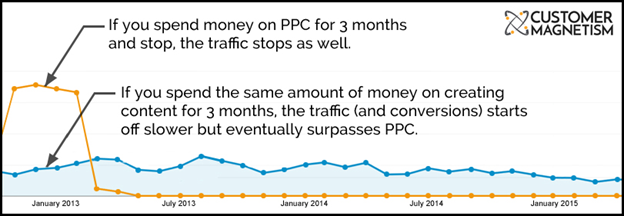
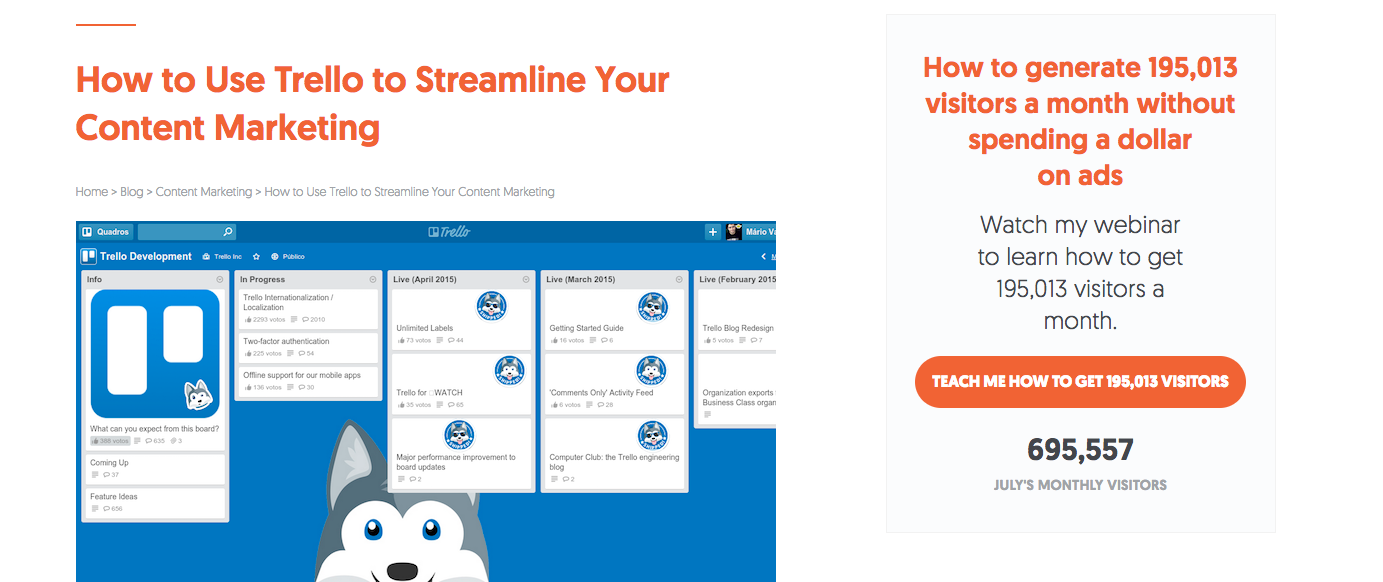
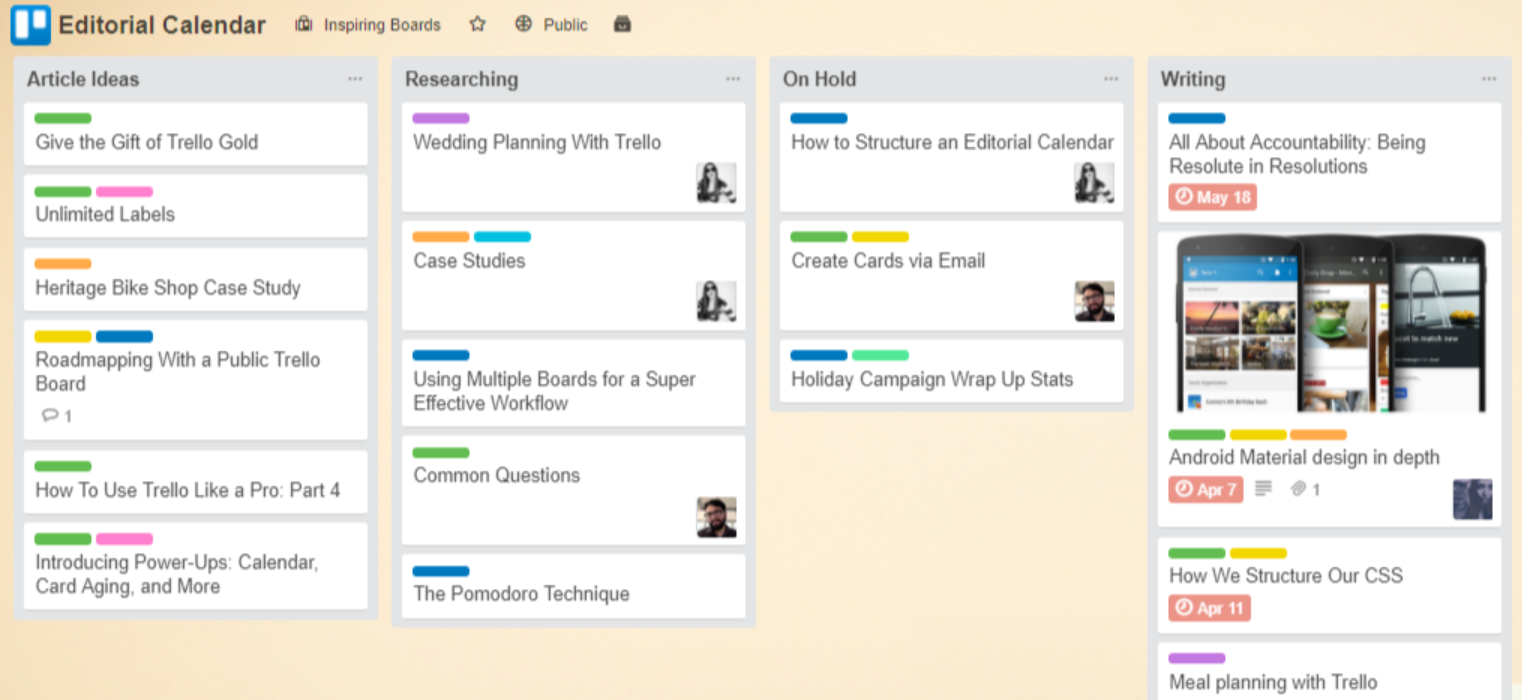
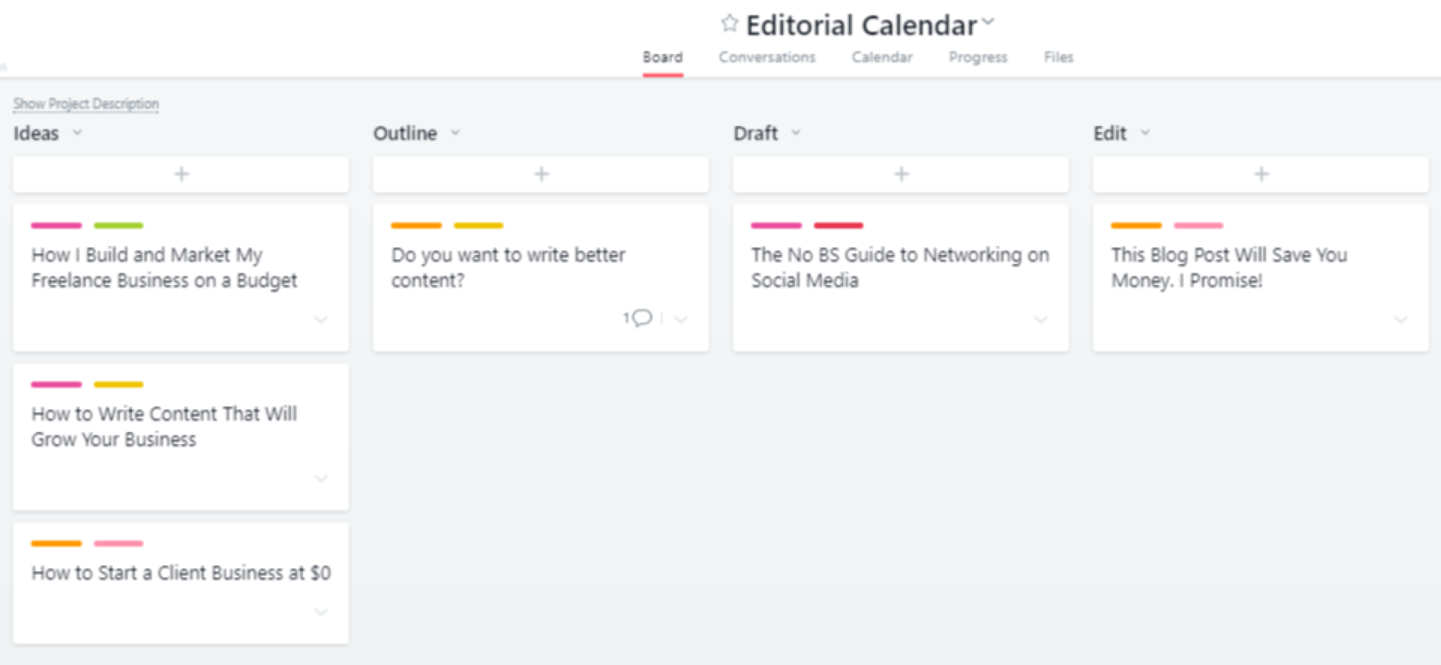


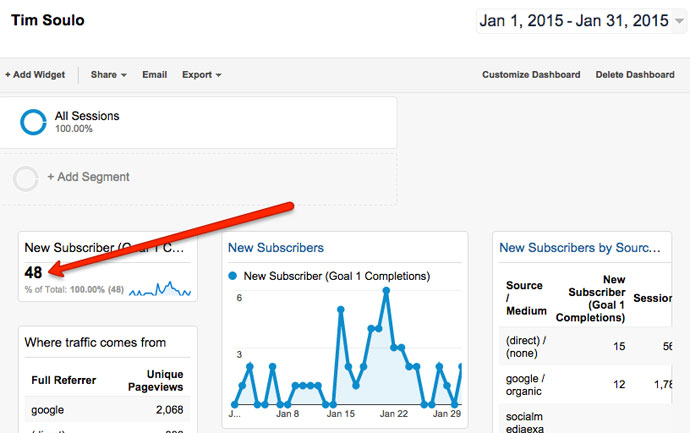
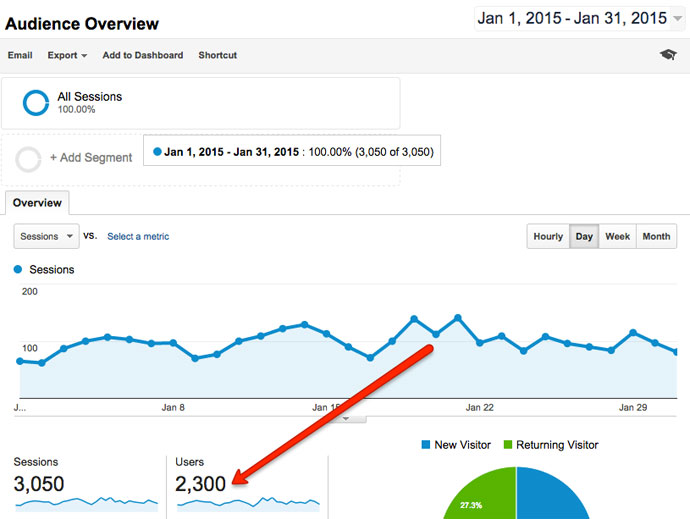
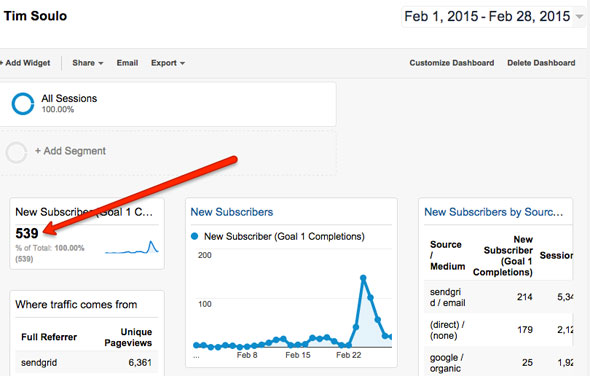
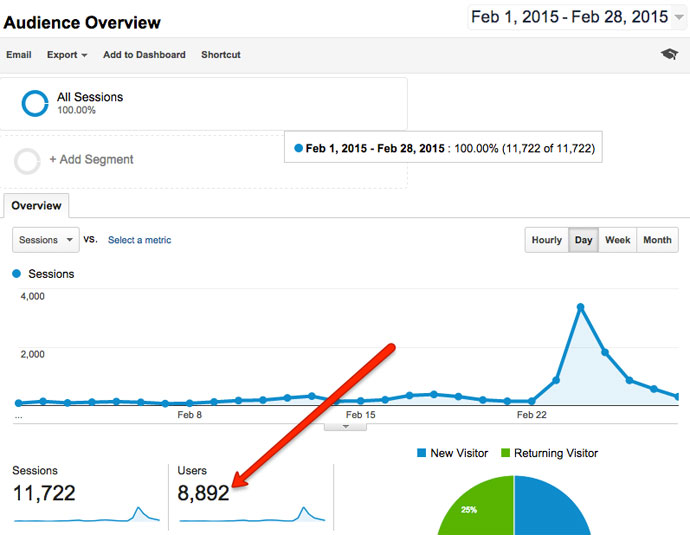




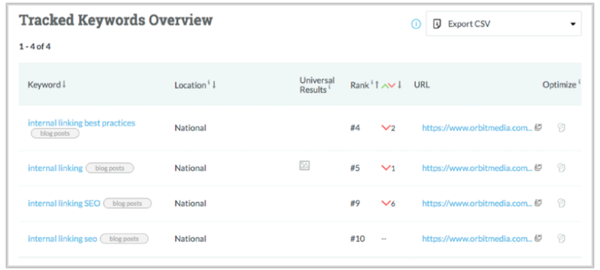
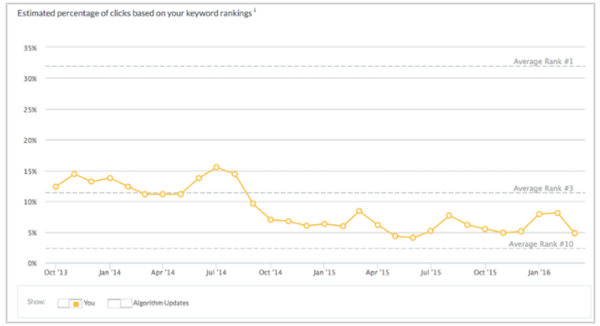
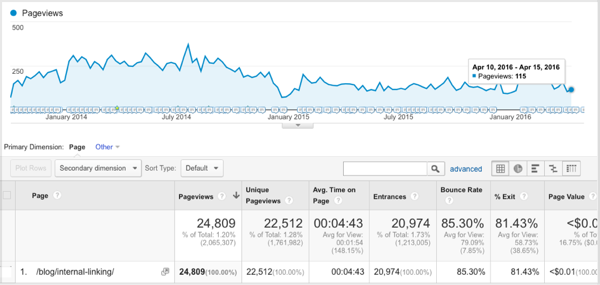

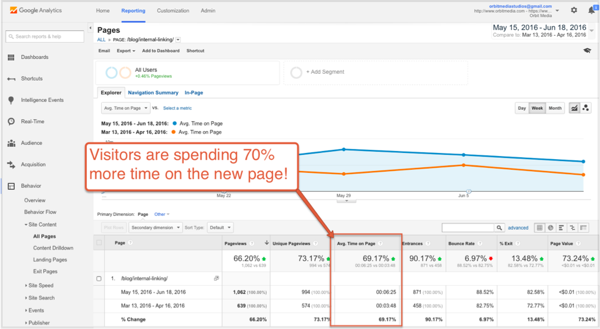
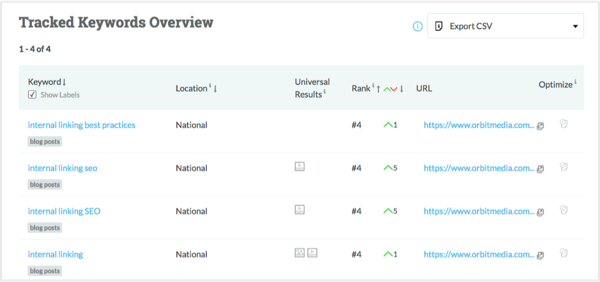
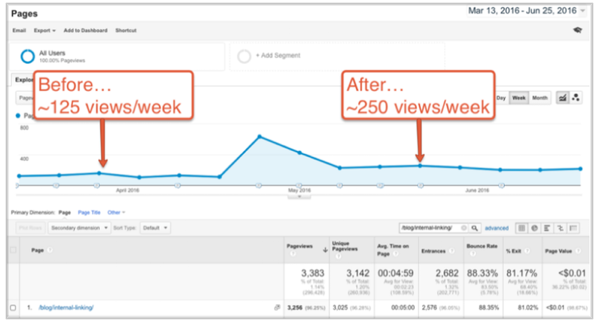

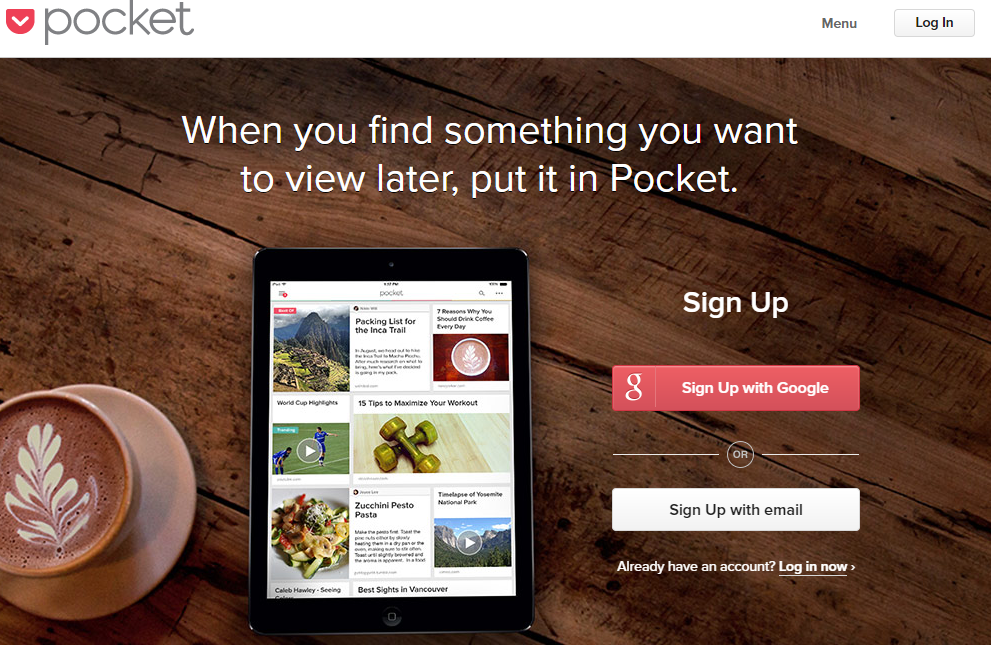
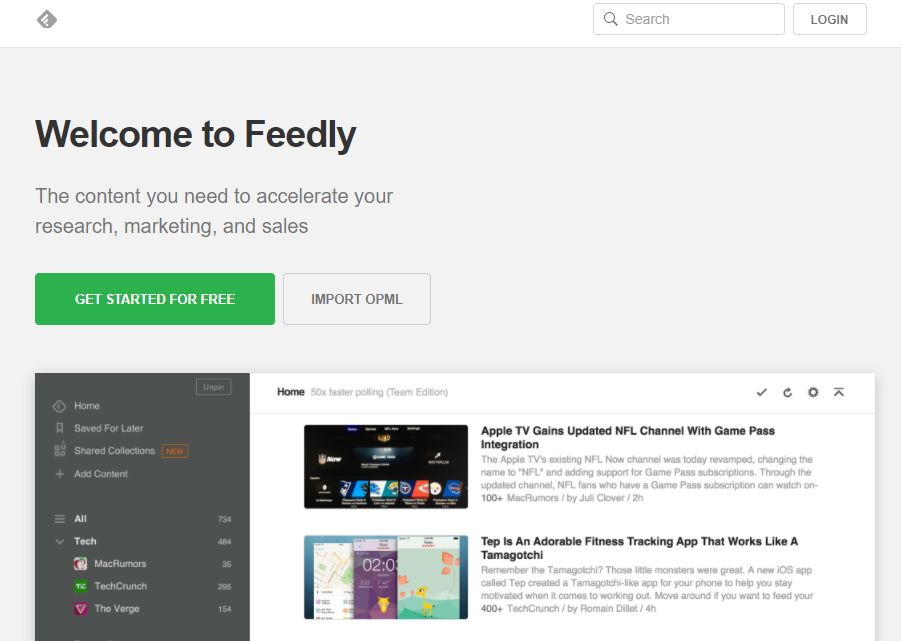


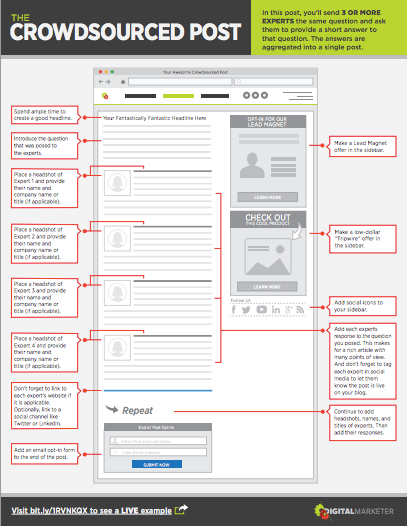
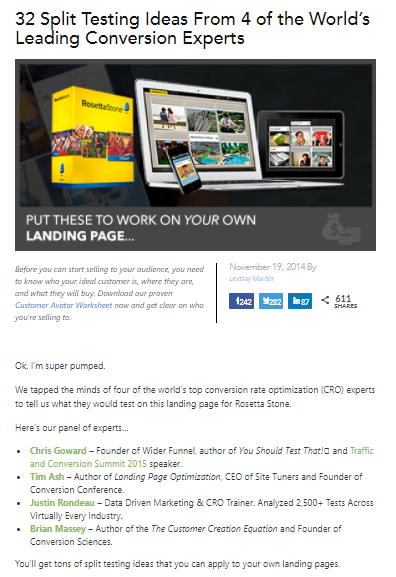

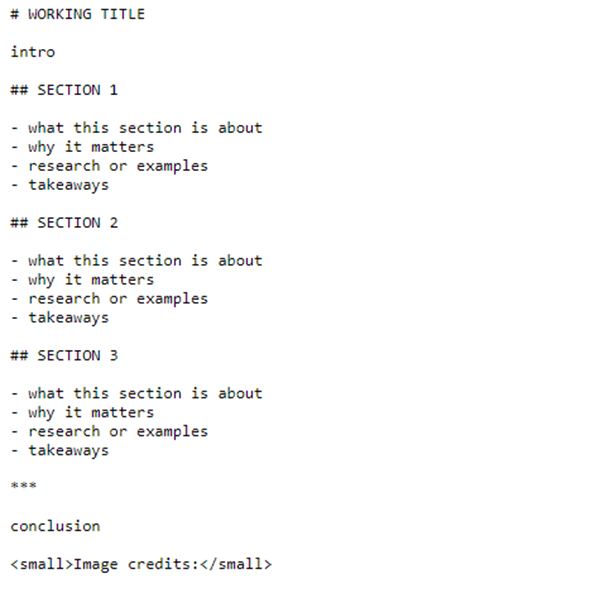
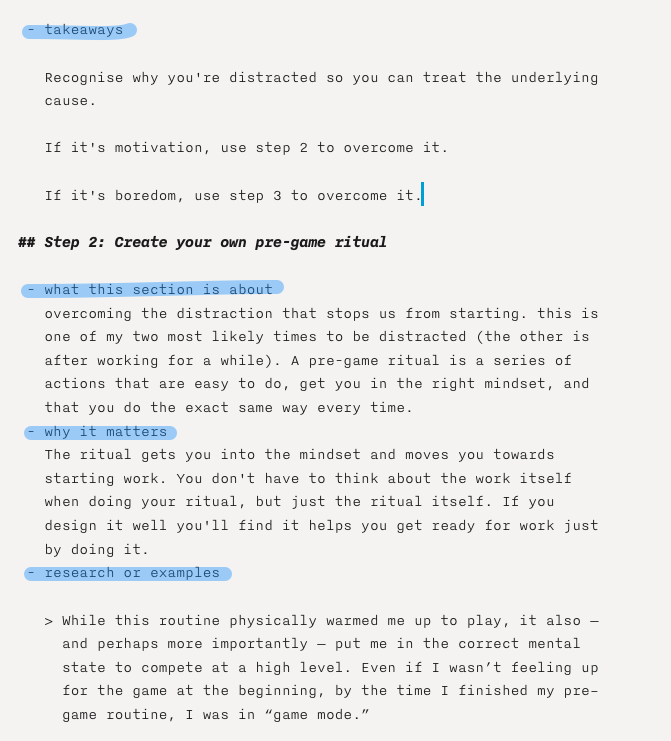
Comments (4)